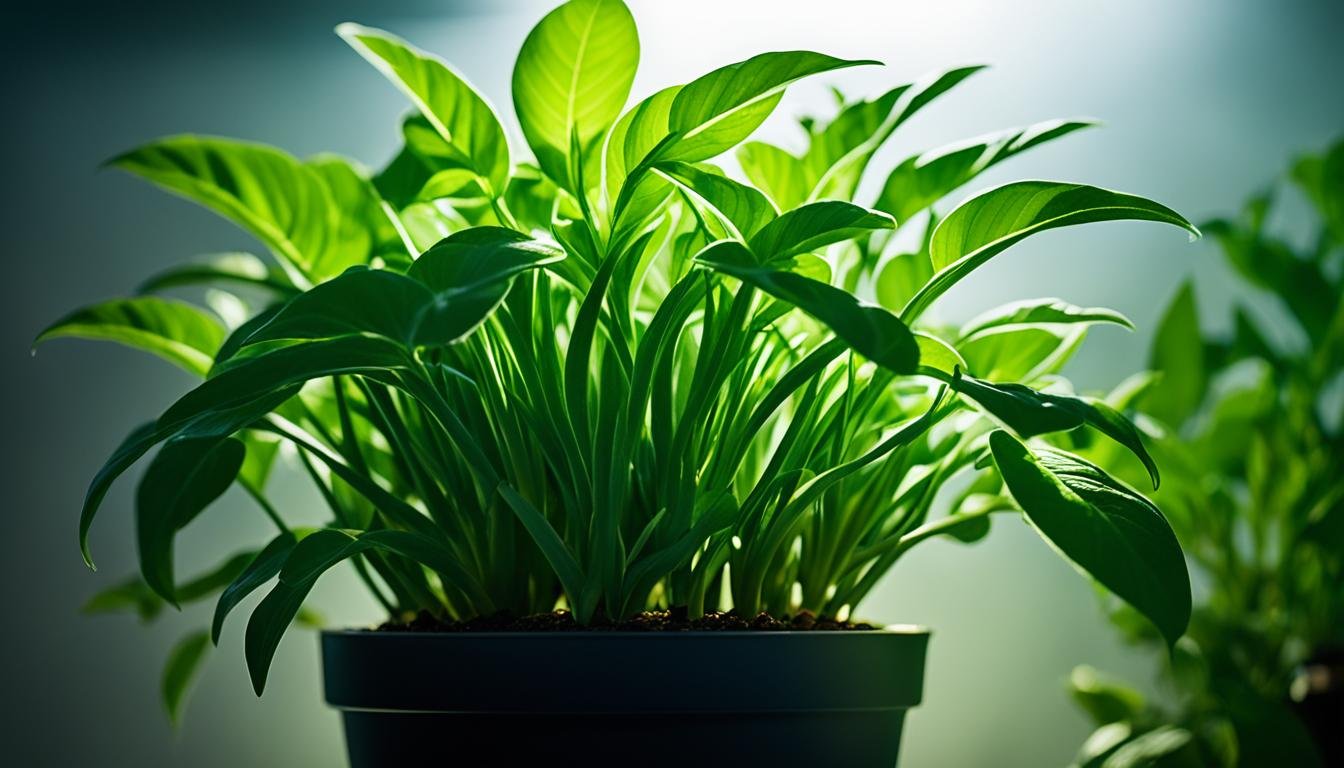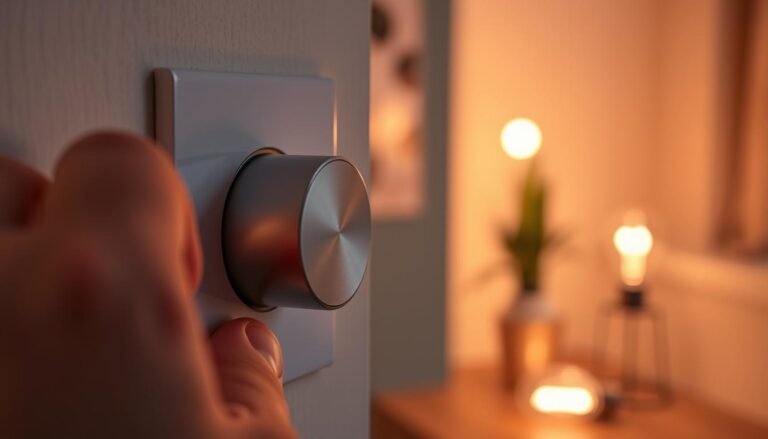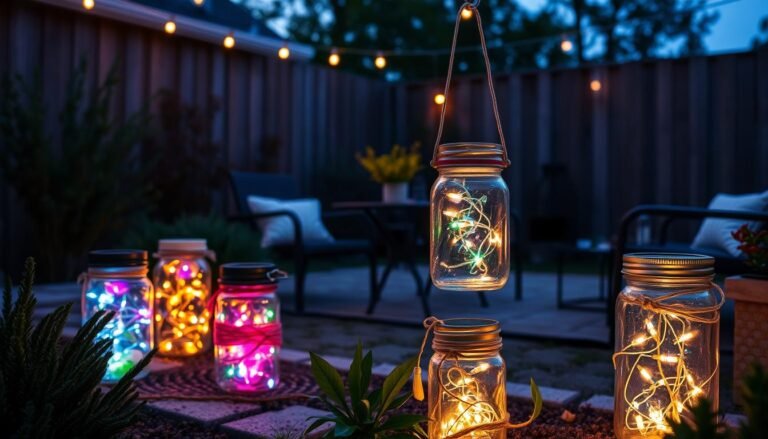Affiliate Disclosure: This post may contain affiliate links. If you make a purchase, we may earn a small commission at no extra cost to you.
Did you know a single LED grow light can be as powerful as 1,000 watts? This power is impressive but risky. If not used right, grow lights can burn your indoor plants.
LED grow lights have changed the way we garden indoors. They let us grow plants even where there’s little natural light. But, if you’re not careful, your plants can get burnt. This guide will show you how to use LED grow lights safely. It will help your plants to grow healthy and strong.
Can Grow Lights Burn Plants?
Key Takeaways
- LED grow lights can output up to 1,000 watts of energy, posing a serious risk of burning plants if used improperly.
- Improper use of LED grow lights can lead to discolored, wilted, or scorched leaves, stunted growth, and even plant death.
- Choosing the right light spectrum, maintaining appropriate light intensity, gradually acclimating plants, and monitoring light duration are crucial to preventing plant burns.
- Proper setup and management of LED grow lights are essential for ensuring the health and vitality of your indoor garden.
- This comprehensive guide will provide you with the knowledge and strategies to protect your plants from the potential dangers of grow light burns.
Check out our FREE Calculators on our Resources Page
Understanding the Risks of Grow Lights
LED grow lights have changed indoor gardening. But, they have risks too. Grow lights can hurt your plants if misused. The biggest risk is them burning your plants. This happens when plants get too much light. It can make them change color, wither, and sometimes even die.
Can Grow Lights Burn Plants?
Yes, several things can cause plant burns with grow lights. Let’s look at what they are:
Factors Contributing to Plant Burns
- Excessive light intensity: Too much light overpowers the plant, causing burn damage.
- Proximity to the light source: Placing lights too close can also burn plants.
- Lack of airflow and heat buildup: Plants need fresh air. Without it, heat can build up and make burn damage worse.
- Prolonged light exposure: Plants need rest. If they’re always in light, they stress and get burnt easier.
Signs of Light Stress and Damage
Always watch your plants for light stress. Here are some signs to look for:
- Leaves turning different colors or wilting
- Leaves curling or cupping
- Leaf tips and edges turning white or burnt
- Growth getting slower or plants looking weak
- Leaves falling off early
Optimizing Grow Light Setup
For plants to do well and avoid getting burned, picking the right LED grow lights is key. Go for full-spectrum lights that copy the sun’s natural light. They mix different light colors that plants need for photosynthesis. This mix stops plants from getting too much of one type of light, which can cause burns.
Choosing the Right Spectrum
It may seem smart to use really bright LED grow lights, but too much light can be bad for plants. Each plant type needs a different amount of light, so check what your plants prefer. Many LED lights can be adjusted to different levels, which helps avoid burning your plants.
Maintaining Appropriate Light Intensity
Plants need time to get used to grow lights. Start with low light and slowly turn it up over days or weeks. This helps plants adapt to their new light without browning their leaves.
Gradual Acclimation
How long plants are in the light also matters. They can’t be in light all the time; they need some darkness too. Aim for a natural light cycle with 12-16 hours of light and 8-12 hours of dark. Keeping an eye on this can stop burns and keep your plants healthy.
Monitor Light Duration
These tips will help make the perfect grow light setting for your indoor garden. If you follow them, your plants should do great and stay burn-free.
FAQ
Can grow lights burn plants?
What are the factors that can contribute to plant burns from grow lights?
What are the signs of light stress and damage in plants from grow lights?
How can I choose the right spectrum of LED grow lights to avoid plant burns?
How can I maintain the appropriate light intensity to prevent plant burns?
How do I gradually acclimate plants to LED grow lights to avoid burns?
How important is monitoring the light duration for preventing plant burns?
Check out our FREE Calculators on our Resources Page




